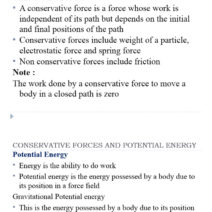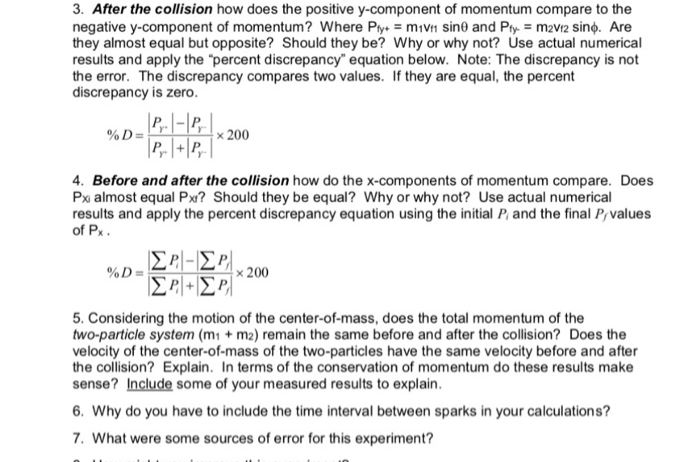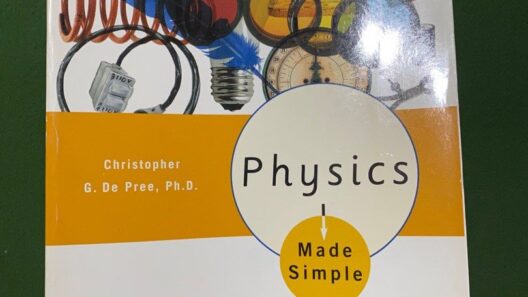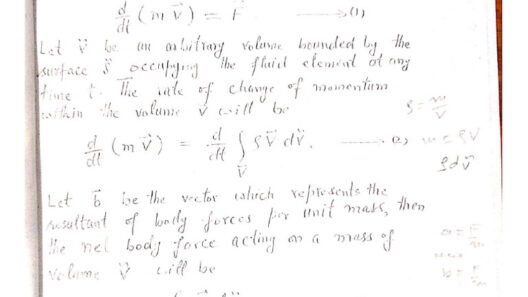Energy conservation plays a pivotal role in both our daily lives and wider environmental discussions. Whether you’re participating in a physics experiment or striving to minimize your carbon footprint, understanding whether energy was conserved during a process is essential. But how can one ascertain if energy has genuinely remained constant, or has it danced away like a fleeting shadow? This inquiry leads us to essential checks and methods to determine energy conservation across various contexts.
First and foremost, grasping the principle of energy conservation is crucial. According to the law of conservation of energy, energy cannot be created or destroyed; it can only change forms. When energy transitions from kinetic to potential energy in a pendulum’s swing, it remains conserved throughout the process. However, external factors like friction and air resistance can subtly siphon energy from the system, transforming it into less useful forms such as heat. Hence, if you’re investigating whether energy was conserved, your first line of inquiry should address the system’s boundaries and the forms energy could embody.
Identifying Energy Forms
To tackle the problem effectively, identify the different forms of energy present. Have you ever pondered how a rubber band stores energy when stretched? It converts mechanical energy into elastic potential energy. Similarly, in thermal processes, chemical energy may change into thermal energy. Recognizing all forms of energy involved in a system allows for comprehensive analyses. Document the initial state and observe any energy transformations, keeping a close eye on potential losses during the conversion, especially through friction and heat.
Conducting Energy Audits
Undertaking an energy audit can illuminate whether energy was conserved throughout a process. Think of it as a forensic examination; you gather data, measurements, and observations to chart energy flow meticulously. Start by determining inputs and outputs. If you are examining an engine, for instance, assess how much fuel energy is entering compared to the work produced and wasted energy like heat thereafter. A well-crafted energy audit will uncover whether excess energy vanished or merely transitioned into a less productive form.
Using Energy Conservation Equations
Mathematical equations related to energy conservation can serve as a steadfast guide in your investigation. Motion can often be described using kinetic energy (KE) equations like KE = 1/2 mv² (where m is mass and v is velocity). For a more comprehensive approach, the law of conservation of mechanical energy can be utilized, stating that total mechanical energy (potential + kinetic) within a closed system remains constant. Set your measured values into these equations to verify discrepancies. If your observed outcome aligns with theoretical predictions, energy was conserved; otherwise, you may have encountered energy dissipation.
Engaging with practical experiments further enhances understanding. Suppose you’re working with a simple pendulum. By measuring its maximum heights and speeds at various points, you can utilize energy conservation principles to affirm or negate assumptions about energy loss. On the contrary, if unexpected energy discrepancies crop up, investigate possible sources of energy loss, like air resistance. This process not only strengthens comprehension of energy conservation but also sharpens analytical skills.
Monitoring Heat Loss
Energy conservation checks often lead back to the concept of heat loss, a significant player in energetic processes. Have you ever noticed how a light bulb becomes warm shortly after being turned on? This transformation signifies energy that was once usable now radiated as heat. Employ calorimetry to estimate how much heat is lost during a given process. If heat loss proves too substantial compared to the energy input, your chances of claiming energy conservation weaken as heat becomes a product rather than a usable form. This exemplifies the necessity of accounting for energy that degrades into less usable forms.
The Role of External Forces
When assessing whether energy was conserved, never overlook the influence of external forces. For example, in cases of mechanical systems, gravity’s presence plays a substantial role. Discrepancies could arise if gravitational potential energy is not adequately factored into the calculations. In other scenarios, frictional forces can act as a silent thief of energy. By continuously monitoring these external forces and adjusting calculations accordingly, you’ll receive a clearer understanding of the system’s overall energy dynamics.
Practical Applications and Implications
Recognizing whether energy was conserved during a process has vast implications, stretching beyond mere academic inquiry. In engineering, identifying energy losses allows for the refinement of designs, leading to greater efficiencies and sustainability. In environmental sciences, understanding energy flows can inform strategies to mitigate climate change through improved energy efficiency. By focusing on energy conservation both at a micro and macro scale, significant strides can be made toward achieving sustainable practices.
In essence, grasping the methods to determine if energy was conserved during a particular process equips individuals and organizations with the knowledge to engage in more sustainable practices. Through systematic audits, conservation equations, and an understanding of various energy forms, one can unveil the hidden dynamics of energy. The quest for energy conservation extends far beyond theory— it is an active pursuit toward a more sustainable future.
So, the next time you encounter energy in action, take a moment to explore: Was it conserved, or did it slip away like grains of sand through your fingers? The answers might just surprise you.








